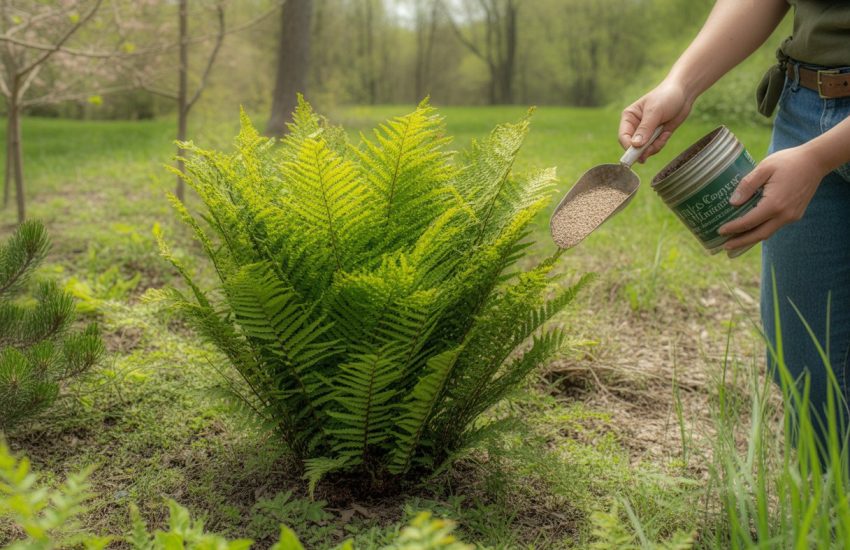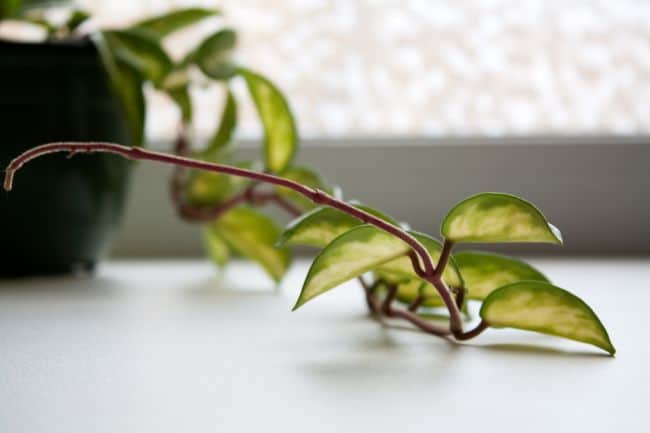Best Ground Cover Plants for North Dakota: Durable Choices for Harsh Climates
Gardening in North Dakota isn’t for the faint of heart. The winters get brutally cold, and the soil can be unpredictable.
Picking the right ground cover plants is key if you want a healthy, low-maintenance yard that actually survives here. Some of the best ground cover plants for North Dakota are creeping thyme, bearberry, and creeping juniper—they’re tough, cold-hardy, and just seem to get this region.

These groundcovers help keep soil from washing away, crowd out weeds, and add a little color and texture to otherwise plain yards. They handle North Dakota’s variety of soils and, once they get going, don’t need much fussing over.
You can count on these plants to stick around and keep things looking green, even when the weather turns rough.
Key Considerations for Choosing Ground Cover Plants in North Dakota

Ground cover plants here have to cope with cold snaps, different soils, and all sorts of lighting. If you want them to thrive, you’ve got to match the species to your climate, soil conditions, and how much sun or shade your spot gets.
Climate and USDA Hardiness Zones
Most of North Dakota sits in USDA Hardiness Zones 3 or 4. That means winter temps can plunge below -30°F—yikes.
You’ll need to pick ground covers that can take those deep freezes and bounce back in spring. Plants with deeper, tougher roots usually survive the freeze-thaw cycles and those dry, biting winds better.
Rainfall isn’t crazy here—most places get around 14 to 20 inches a year, mostly in spring and summer. If you go for drought-tolerant groundcovers, you won’t stress so much during dry spells.
It’s smart to look for plants that can handle sudden weather swings too, since North Dakota’s weather doesn’t always play nice.
Soil Type and Drainage
Soils in North Dakota run the gamut from sandy loam to heavy clay. Drainage matters—a lot—because ground covers can rot if their roots sit in water.
Sandy soil dries out fast but doesn’t always have the nutrients plants want. So, it helps to pick plants that don’t need rich soil.
Clay holds water but can turn into a brick, sometimes making raised beds or soil amendments necessary. Testing your soil’s pH can help narrow your options; most ground covers like it just a bit acidic or neutral (6.0–7.0).
The best-adapted plants send roots deep and wide, locking in soil and holding back erosion, even when the ground isn’t perfect.
Light Requirements and Partial Shade
Light needs vary a lot between ground covers. Some want full sun—think at least six hours of direct rays every day.
Others are happier in partial shade, like under trees or on the north side of a building, where they get just 3 to 6 hours of sun. In North Dakota, partial shade happens a lot, especially near buildings or tree lines.
If you pick a groundcover that likes shade, you’ll spend less time fixing bare patches. Some species can handle mixed light, so if you’re not sure, those make handy choices.
Top Ground Cover Plants Suited for North Dakota

A handful of ground covers really shine in North Dakota, whether you want quick growth, fewer weeds, or something the deer won’t munch. The right pick depends on your soil, your goals, and how much you want to maintain.
Native Groundcovers
Native options just make sense—they’re already used to North Dakota’s wild mood swings. Prairie Dropseed (Sporobolus heterolepis) and Wild Strawberry (Fragaria virginiana) settle in with barely any help.
These plants support local wildlife and help keep soil where it belongs. They crowd out invasive weeds and don’t need chemical sprays.
Native groundcovers can handle the state’s wild temperature swings and all sorts of soils, which is a relief if you don’t want to baby your plants.
Fast-Growing Varieties
If you need fast coverage, some groundcovers grow like they’ve got somewhere to be. Creeping Phlox (Phlox subulata) and Ajuga (bugleweed) can fill in big spaces quickly.
They’re perfect for new beds or slopes that need erosion control yesterday. These spread through runners or dense leaves, making a thick green carpet.
You might have to trim them back now and then if they get a little too enthusiastic.
Deer-Resistant Options
Deer are a fact of life in much of North Dakota, and they’ll eat just about anything—except a few tough groundcovers. Creeping Juniper (Juniperus horizontalis) and Sedum species don’t taste good to deer, so they usually get left alone.
You won’t need to put up fences or spray repellents as much with these. They hold their ground even in spots where deer roam daily.
Popular Choices: Creeping Juniper and Others
Creeping Juniper gets a lot of love because it puts up with bad soil, drought, and cold without missing a beat. It forms a low, evergreen mat that blocks out weeds all year long.
Other favorites include Vinca minor (periwinkle) and Creeping Thyme (Thymus serpyllum). These bring flowers and color, plus they’re tough enough for most soils and keep weeds at bay.
Benefits of Using Ground Cover Plants in Your Landscape

Ground cover plants do more than just look nice—they make your life easier and your garden healthier.
Erosion Control and Weed Suppression
Groundcovers have dense roots that hold soil together. That keeps wind and water from washing dirt away, especially on slopes or loose ground.
They also crowd out weeds by shading bare soil, making it harder for weeds to get a foothold. This means less need for chemicals or endless weeding.
Groundcovers help keep soil moist and stable, which can only be a good thing for your garden’s long-term health. Their thick foliage does a great job blocking out unwanted plants.
Low-Maintenance and Aesthetic Value
Ground cover plants need less watering and mowing than the usual lawn. Once they get going, a lot of them are drought-tolerant, which honestly feels like a must for North Dakota’s unpredictable weather.
You’ll spot year-round interest in their mix of textures, colors, and blooms. They add a pop to the garden without nagging for your attention.
Groundcovers cut down on chores like edging and fertilizing. Their thick foliage helps the soil and even gives nearby plants a bit of a boost.


